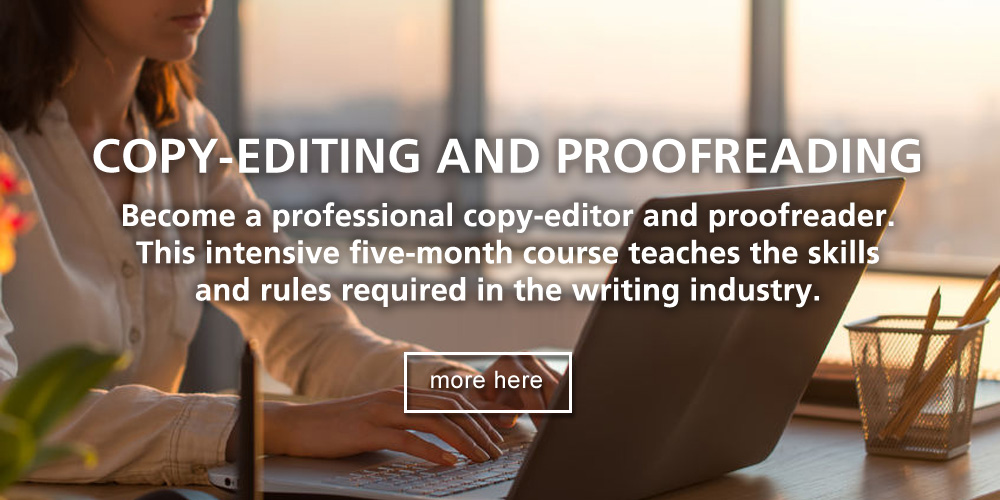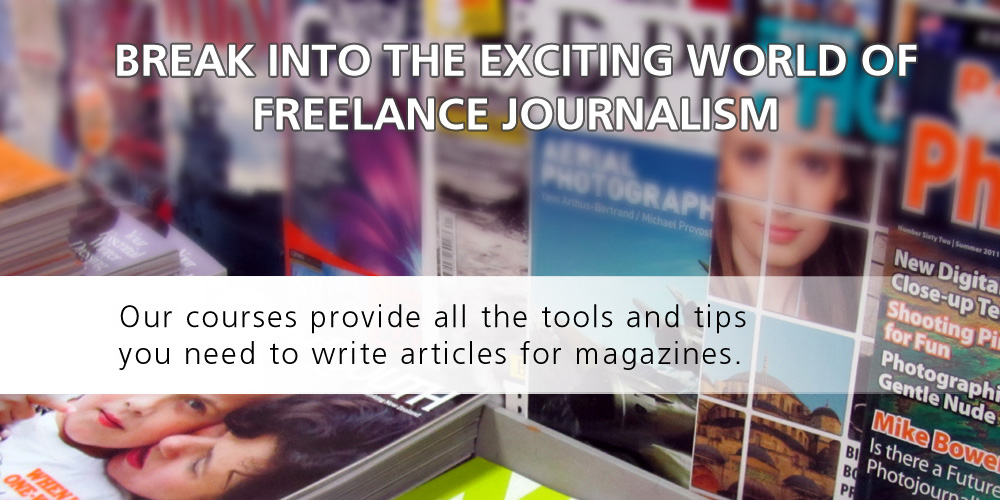First impressions count.
Psychologists say it only takes 10 to 30 seconds for us to decide, with reasonable accuracy, whether we like someone or not. It’s a rule that could apply to any first encounter – like the first time an editor reads an article from you.
If employers hire people whose skills, qualifications and “look” match their company, then editors hire writers whose skills, quality and the “look” of their writing fit with their publication. A few seconds is all the time an editor needs to decide whether your piece, among the hundreds received that month, is worth a second glance.
It doesn’t matter if you’re selling an article on spec, submitting a book proposal or applying for a journalism job – how well-groomed your work appears can either make the editor paper-jet it into the bin, or sit up and take note.
Peter Landis, the veteran news director at NY1, the 24-hour news channel for New York City, warned upcoming journalists about something as simple as spelling mistakes in emails:
“As soon as I see misspellings, I throw it away,” says Landis. “I don’t look any further.”
What we also know is that first impressions last. They become the default settings in our brains, as the brain tends to return to the original memory, rather than work through any new, improved data.
So what does this mean for you as a writer? Just this – your first shoddy cover letter doesn’t just impact on the piece you’re trying to sell right now – but on the next twenty submissions to that editor!
“What we also know is that first impressions last.”
Why is slapdash writing and layout as off-putting as a stained shirt? Because it basically means more work for the editor. In the world of pressing deadlines, more work spells more late nights slouched over a computer for them. And who wants that?
Tips to ensure your manuscript looks perfect
So what do you do with your completed first draft to make sure it’s read past the opening lines? How many times must you edit a piece before it’s ready to send in?
Here is a 7-step programme to help you polish your writing. (Adapted from Marshall Cook’s Seven Steps to Better Manuscripts)
STEP 1: Make your writing effortless to read
Write your rough draft freely, without worrying too much about grammar, style, spelling and punctuation rules. Being a critical left-brain editor from the start can squeeze all the life out of a piece. Afterwards, be ready to go over your work with a fine-toothed comb to sort out any writing mistakes.
STEP 2: Read your article as soon as you finish it.
Note any big changes that you’d like to make to the content, structure and style, and get started on the editing.
STEP 3: Allow for a cooling-off period.
What works is to have more than one piece going at the same time, so that you can walk away for a few days, or even weeks, to get a fresh take on your own words and ideas. With rested eyes, you can more easily see the changes that are required.
STEP 4: Now for the deep manicure of your writing
OK. So your intro is catchy, the body flows beautifully and your closer wraps it all up with flair. Now you need to use your critical checklist:
Your Print-Out-and-Keep 20-Point Editing Checklist
- Does your piece deliver what you promised in the lead?
- Is your angle clear? Is it fresh?
- Does the body flow logically from point to point?
- Do you use smooth transitions between points?
- Did you give all the information required?
- Have you supported every general statement with specifics?
- Have you shown, using descriptive scenes, rather than just told?
- Is your conclusion strong?
- Have you written in active voice?
- Have you built each sentence around a visual, active verb?
- Does each verb have a tangible, specific noun?
- Have you chosen a simple word over a long, obscure one? Is your spelling 100% correct?
- Have you kept your sentences short?
- Have you chopped out each unnecessary word – especially adjectives – and met your word count?
- Are your tenses consistent?
- Is your point of view (POV) constant throughout your piece? (i.e. third person, first person….)
- Do most of your sentences begin with a subject and verb, and subordinate information placed to the right?
- Have you avoided sentences starting with “There was…” and “It is…”?
- Have you kept adverbs to a minimum? (very, rather, a little, completely, really, nicely, and other words ending in –ly)
- Have you varied your conjunction usage?
STEP 5: Read your article aloud to listen for rhythm and flow.
Remove clumsy clauses and phrases, and give overly long sentences a crew cut. Make sure your article sounds like a conversation – flowing logically from point to point.
STEP 6: Get someone else to read over your writing
Do your words make complete sense to them? Ask them for their opinion, and re-work your lines if necessary.
STEP 7: Follow the correct format for submitting your manuscript. Write a professional cover letter in the body of your email.
Use Times New Roman (size 12) or Arial font (size 10 or 11).
Create margins that allow for plenty of white space around your document. Ensure that you use 1.5 line-spacing (or 1.25). New paragraphs should be clearly delineated. Either use an open line, or an indent, depending on which option the publication prefers.
Your cover letter should include the title, a brief “sell” of your piece, word count, publication for which it is intended, and a brief bio of you and your previous published stories (if any).
Always:
- Use the correct name of the editor, not Sir/Madam.
- Be professional: don’t beg, threaten or manipulate the editor in any way.
- Avoid flattery.
- Avoid mouse language, or any form of apology or apologetic tone.
- Include your contact details after you have signed off.
- Write with confidence. Repeat after me: “IT DOES NOT MATTER if you are unpublished.” Every writer had to start out with their first piece.
About the Author
Nichola Meyer is a freelance writer. Her work has appeared in O Magazine, Femina, Essentials, Baby & Me, Your Baby, Your Pregnancy, Little People and Cape Town’s Child. Previously a lecturer in Magazine Journalism at CityVarsity and Boston Language College, she is the principal of The Writers College – www.sawriterscollege.co.za, www.nzwriterscollege.co.nz and www.ukwriterscollege.co.uk.















